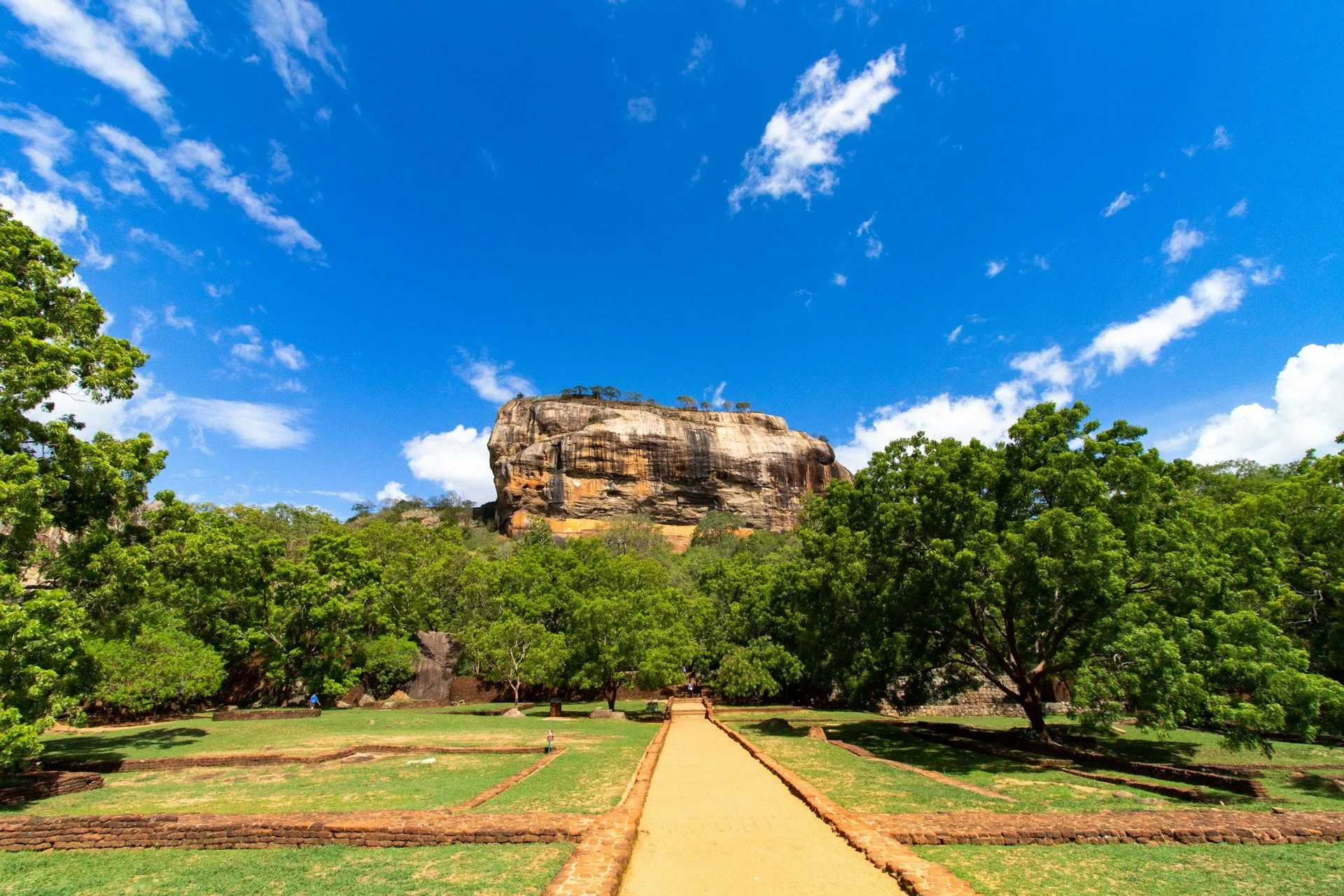Kalmunai Investment Property ListingsAffordable plots on Sri Lanka’seast coast

Best offers
in Kalmunai
Benefits of investment in
Sri Lanka real estate
Lush property near beaches, tea hills, or temples
From colonial bungalows to seaside homes, Sri Lanka offers a wide variety of property types surrounded by natural beauty.
Active expat zones with growing infrastructure
Southern coastal towns like Galle and Tangalle attract remote workers and retirees, fueling modern development and service upgrades.
Warm climate, low prices, and heritage appeal
Buyers get access to affordable real estate in a culturally rich, year-round tropical destination.
Lush property near beaches, tea hills, or temples
From colonial bungalows to seaside homes, Sri Lanka offers a wide variety of property types surrounded by natural beauty.
Active expat zones with growing infrastructure
Southern coastal towns like Galle and Tangalle attract remote workers and retirees, fueling modern development and service upgrades.
Warm climate, low prices, and heritage appeal
Buyers get access to affordable real estate in a culturally rich, year-round tropical destination.

Useful articles
and recommendations from experts
Real Estate in Kalmunai, Sri Lanka
Why Invest in Kalmunai
Kalmunai, located on the eastern coast of Sri Lanka in the Ampara District, is one of the largest towns in the Eastern Province and a growing regional hub. Known for its long beaches, cultural heritage, and commercial activity, Kalmunai is increasingly gaining investor attention due to infrastructure improvements, post-conflict development, and strategic location between Batticaloa and Arugam Bay. While less developed than major cities like Colombo or Kandy, Kalmunai presents opportunities for early-stage real estate investment in residential, commercial, and tourism sectors.
Types of Real Estate in Kalmunai
The local market features a mix of traditional and emerging property formats:
- Residential plots and houses: Widely available in suburban and peri-urban zones.
- Commercial spaces: Concentrated near town centers such as Kalmunai North and Central.
- Agricultural land: Fertile plots suitable for paddy, coconut, and banana cultivation.
- Beachfront land: Untapped coastal plots with potential for resort or guesthouse development.
- Low-rise apartments: An emerging format in central Kalmunai for middle-income buyers and rental income.
Ownership and Foreign Investment Rules
Sri Lanka allows foreign participation in real estate under specific legal frameworks:
- Land (Restrictions on Alienation) Act: Prevents foreigners from owning freehold land unless under a 99-year lease via a company incorporated in Sri Lanka with at least 50% local ownership.
- Strata-title apartments: Foreigners can purchase units above the 4th floor in condominium developments approved under the Apartment Ownership Law.
- Commercial property: Can be leased or developed via joint ventures with local partners.
- Tourism projects: Government encourages investment in designated zones, including Kalmunai’s coastline, through the Sri Lanka Tourism Development Authority (SLTDA).
Property Prices and Market Dynamics
Kalmunai remains one of the more affordable urban areas in Sri Lanka, especially compared to the western and southern coasts:
- Residential plots (6–10 perches): LKR 400,000 – 1,000,000 depending on location
- Three-bedroom houses: LKR 6 million – 12 million (USD 18,000 – 36,000)
- Beachfront land: LKR 3 million – 6 million per acre depending on proximity to main roads
- Commercial units: LKR 12,000 – 20,000 per month rental or LKR 2.5 million – 5 million purchase value
Rental Market and Income Potential
Rental demand in Kalmunai is driven by:
- Teachers, health workers, and civil servants: Seeking family housing within town limits
- Small businesses and traders: Requiring storage or shop space in central areas
- Students and NGO staff: Short-term renters near education or aid institutions
- Residential homes: 4% – 6% gross annual return
- Commercial units: 6% – 8% with consistent demand in trading zones
- Tourist guesthouses (future potential): 8% – 10% during peak season if infrastructure improves
Neighborhoods and Areas of Interest
Key zones for real estate in Kalmunai include:
- Kalmunai North and Central: Administrative and commercial heart of the city, with active trade and government offices.
- Sainthamaruthu: Densely populated area with growing retail and education presence.
- Kalmunaikudy and Pandiruppu: Quiet residential neighborhoods ideal for family homes.
- Beach corridor (Maruthamunai and Karaithivu): Opportunities for hospitality development and coastal housing.
Transaction Process and Legal Requirements
Buying or leasing property in Kalmunai involves:
- Title search and deed verification via an attorney-at-law
- Clearance for foreign buyers: Through Board of Investment (BOI) or local company structures
- Stamp duty: 4% – 6% of property value, plus notary fees (1% – 2%)
- Registration: At the local Land Registry in Ampara District
Holding Costs and Taxation
Typical ongoing expenses for property owners in Kalmunai include:
- Municipal tax (Rates): Based on annual rental value (ARV); relatively low in Eastern Province
- Assessment tax: Payable annually for building improvements
- Lease or ground rent: If holding leasehold land through local authority or state agency
- Rental income tax: Applies if income exceeds LKR 1.2 million per year; progressive rates starting at 6%
- VAT and capital gains tax: Currently not applicable to most small-scale property sales
Who Should Invest in Kalmunai
Kalmunai is a good fit for:
- First-time investors: Seeking affordable entry into Sri Lanka’s real estate market
- Diaspora Sri Lankans: Building homes or supporting family property development
- Local and regional businesses: Expanding retail or logistics operations along the east coast
- Tourism visionaries: Exploring opportunities for guesthouses or eco-lodges along underdeveloped beaches
- Agricultural entrepreneurs: Investing in fertile land for horticulture or food processing
Conclusion
Kalmunai represents a growing urban market on Sri Lanka’s underdeveloped east coast. With low entry prices, rising infrastructure, and access to both coastline and farmland, it offers potential for long-term investors looking to diversify into non-traditional real estate corridors. While legal structuring for foreigners requires due diligence, those willing to take an early position may benefit from the region’s gradual emergence as a post-conflict investment zone with strong local demographics and expanding regional significance.
